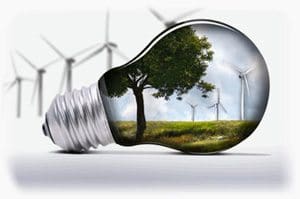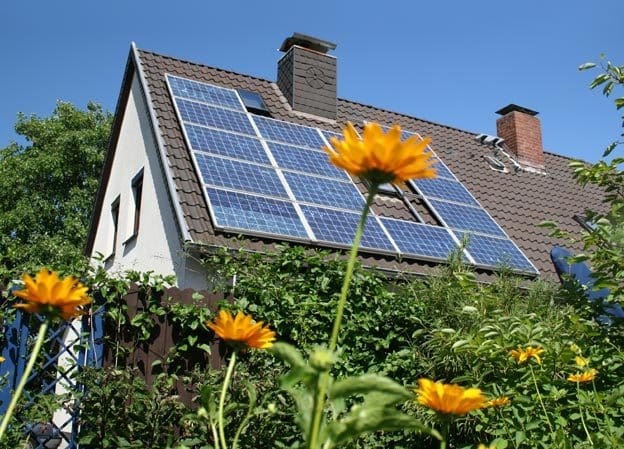 |
While few people disagree that renewable energy is a good idea, most also recognize there are two practical barriers to implementation on a wide scale.
First, all renewable energy sources, except for hydro-electric
power, cost from two to five times what fossil fuel and nuclear energy
costs, even when their “free” fuel costs are factored into the analysis.
Many, first-world countries could afford the higher cost, thus
decreasing their emissions and fossil fuel use at some slight reduction
in spending on other items. But lowcost power is essential to the
industrial processes that provide the basis for the world economy, not
just that of rich nations.
And among the first “other items” for
which spending would be reduced would no doubt be charity and aid given
to developing nations. In addition, those third-world countries cannot
improve their standards of living unless plentiful, cheap power is
available in growing amounts.
As a result, while renewable energy costs will likely continue to decrease at a slow pace as technology improves, only cost competitiveness will bring about big changes and thus widespread usage.
Site requirements
Second, all renewable energy sources have some type of special site requirements
that make them suitable for only some parts of the world and some
locations. Many renewable methods, such as hydro, geothermal, and wind,
can be used only at a relatively small number of locations, where the
water, geological, or wind energy can be found.
The power must be
generated there, regardless of where it will ultimately be used.
Considerable land must then be cleared and devoted to high-voltage
transmission lines to get the power to where it is consumed – creating
another type of significant environmental impact.
 |
| Solar powered house |
Even solar power has only regional applicability. While theoretically, solar thermal and photovoltaic power
will work anywhere, both are practical only in locations where the sun
shines a good portion of the day. Near the equator, solar thermal power
plants receive nearly 12 useful hours of sunlight daily. But beyond 50
degrees latitude north or south, there are many days of the year when
there is simply not enough daylight, leaving energy consumers in need of
spending more on some other “backup” supply for those times.
Similarly, biomass
plants work only in areas where there is a long growing season.
Year-round growing seasons are best, of course, although biomass can
also work where the added cost of considerable fuel storage for cut
grass and timber is feasible.
No comments:
Post a Comment